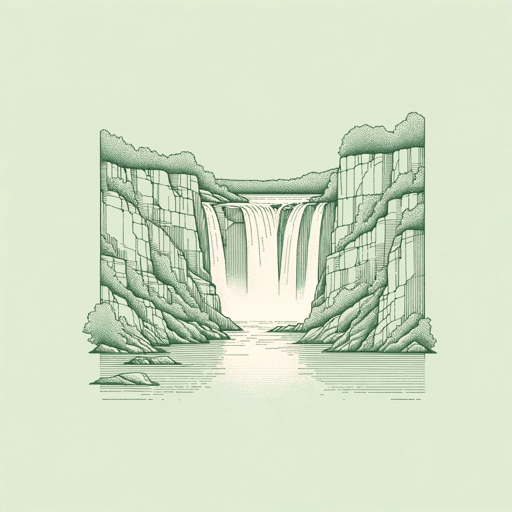32 pages • 1 hour read
William Carlos WilliamsPaterson
Fiction | Novel/Book in Verse | Adult | Published in 1946A modern alternative to SparkNotes and CliffsNotes, SuperSummary offers high-quality Study Guides with detailed chapter summaries and analysis of major themes, characters, and more.
Summary and Study Guide
Overview
Paterson is a long work, primarily in verse, by the American modernist poet and noted Imagist William Carlos Williams. Williams was a medical doctor with strong ties to the eponymous city of Paterson, New Jersey. Paterson is a riverside city associated with the development of Revolutionary War-era policies under Founding Father Alexander Hamilton. As an epic poem, Williams aimed to demonstrate how “a man in himself is a city” as well as how humans form a synergistic relationship with the world around them (i). Paterson was originally published as five separate books between 1946 and 1958. The third book won the 1950 National Book Award in Poetry. The works were first collected together into one volume for publication in 1963. Page numbers will follow the 1983 Penguin Books edition of the collected volumes of Paterson.
Plot Summary
Paterson is the name of the city in New Jersey, but throughout the text Williams also uses it as the name of a character. He draws close connections between the man and the city using evocative imagery, especially of the human body and the natural world. Early on, the river which emanates from Passaic Falls is introduced as a seductive danger for the people of Paterson. Williams details several cases where inhabitants of Paterson died in the river, whether by accident or by taking chances.
Williams collages verse poetry, letters, and stories about the inhabitants of the city of Paterson through time. He also uses his protagonist Paterson to focalize observations about the city and the countryside in which it resides. As a first-person narrator, Paterson relates a kinship with the landscape; this kinship does not have a clear separation from his personhood. Paterson roams through such varied settings as a city bus, an urban park, streets and alleyways, derelict neighborhoods, and well-kept ones. While walking in a city park, Paterson comes across a street preacher who advocates for the elimination of money. This encounter incites a recurrent section about the formation of the American financial system, the Federal Reserve, and monetary policy.
Williams explores connections between the birth (and death) of language, of ecology, and of humanity as a whole, especially regarding the scope and breadth of the human lifespan. Part of this attentiveness to detailed facts of ecology and humanity comes to the fore in frank discussion of sexuality—for example, a marital bed is described much like a streambed; Paterson observes lovers engaged sexually in a public park. Additionally, animal as well as human sexuality is explored: A pair of nesting birds and a pregnant dog are lyricized in verse.
Paterson pays special attention to natural features as part of one body, as well as to the bodies of others around him. Historical interludes describe famous events, people, and circumstances related to the city of Paterson. Some of these interludes describe violent altercations, homicides, and clashes between people from the Revolutionary War era through the late 19th century; a few contain humorous elements, such as an interlude about police officers’ failed capture of a rogue mink.
As a poet himself, and as a stand-in for William Carlos Williams the writer, Paterson struggles with the urge to give up poetry altogether; he describes writing as like a fire across a landscape. Fire imagery recurs across several books of Paterson. Free indirect narration explores the impact of fire on various objects. Paterson also considers how fire is both beautiful and dangerous and how fire erases what’s in its path, including language.
Letters from amateur poets appear in the text, and each of them seek favors from Paterson the poet. Each of them is having difficulty finding adequate employment which is directly related to poetry, and several of them are experiencing financial distress which is compounded by marginalization. Some of these letters refer to fraught relationships between couples or between family members, especially regarding money.
After his walkabouts, Paterson goes to the city library, where he leafs through old newspaper files and people-watches. His historical research becomes the seed for the retelling of more local events from the city of Paterson, especially concerning relationships between white settlers in Paterson and local Native American and Indigenous groups. Additionally, his research relates closely to the dangerous and fraught qualities of the local waterways, such as thrill-seeking performances given above the Falls by high-wire aerialists. Some of these research interludes are humorous or allude to superstitious beliefs from the historical inhabitants of Paterson, as with the shooting of a spectral cat believed to be a neighbor in disguise.
Just as the inhabitants of Paterson move upon the landscape, it moves upon them: A fire threatens to engulf the library and the river floods to the point that it erodes the railroad embankment. When the floodwaters recede, the city is left covered in riverbed silt. Throughout the text, water imagery is connected both with sexuality and with the presence of language.
Eventually, Paterson the character ages. Spring comes to the city of Paterson. As he ages, Paterson spends more time contemplating the beauty of flowers and recalls romantic exploits of days past. A few letters from amateur poets mentioned previously trace the history of their eventual success; they write in gratitude for the assistance given.
An imagined question-and-answer section has a back-and-forth with Williams the poet and an unnamed question-asker who wants to know Williams’s definition of poetry. Williams sets out a definition of it as operating at least two levels, one at the level of language and another, if not more, at the level of meaning.
Paterson references the spring imagery in the opening lines of Chaucer’s Canterbury Tales and considers at length the Unicorn Tapestries, particularly The Unicorn is in Captivity and No Longer Dead (c.1500). In verse, he imagines the unicorn hunt and the figure of a young woman in the leaves. The text ends with an extended meditation on the role of poetry, especially poetic meter.
Related Titles
By William Carlos Williams
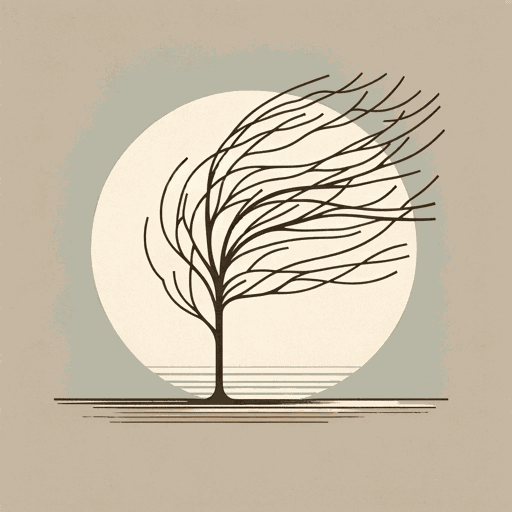
Approach of Winter
William Carlos Williams

Between Walls
William Carlos Williams

In the American Grain
William Carlos Williams
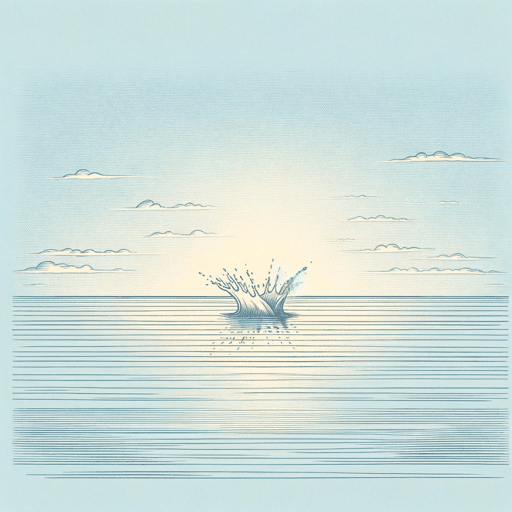
Landscape with the Fall of Icarus
William Carlos Williams
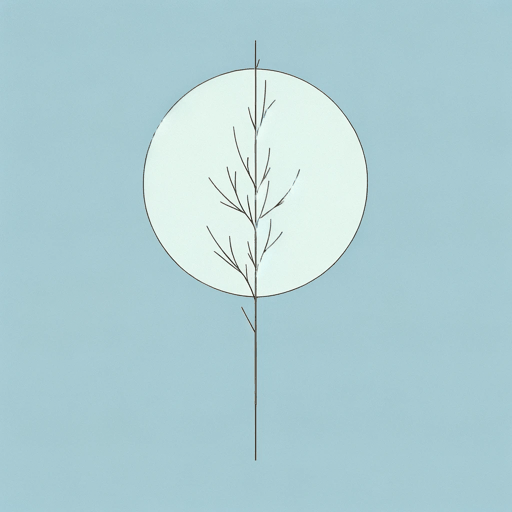
Spring and All
William Carlos Williams

Spring Storm
William Carlos Williams

The Red Wheelbarrow
William Carlos Williams

The Young Housewife
William Carlos Williams
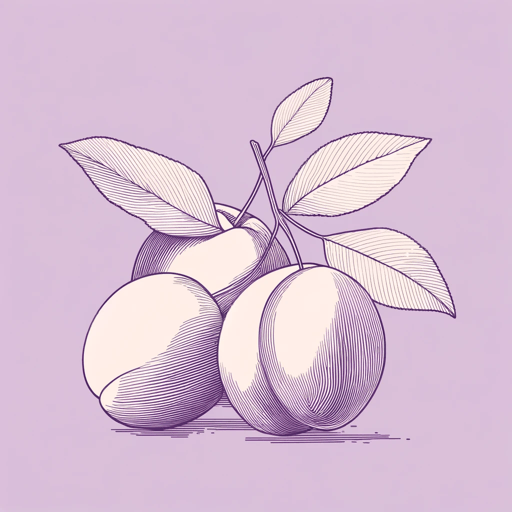
This Is Just to Say
William Carlos Williams

To Elsie
William Carlos Williams
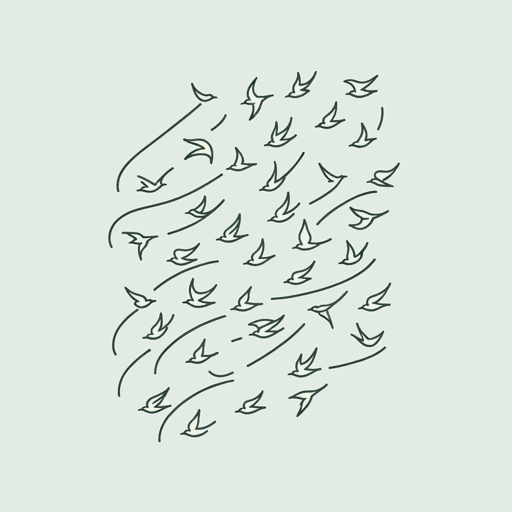
To Waken An Old Lady
William Carlos Williams
